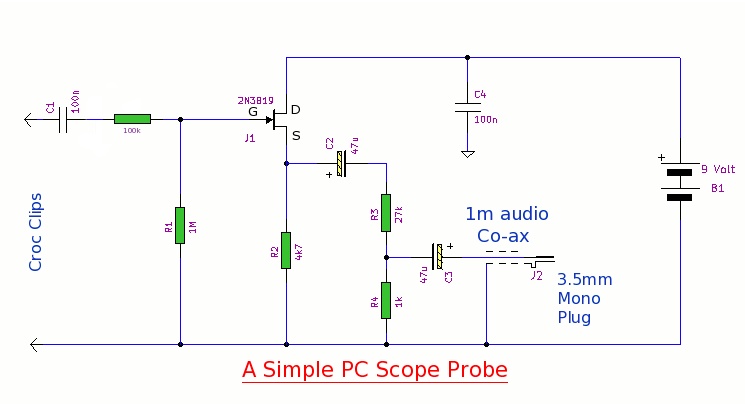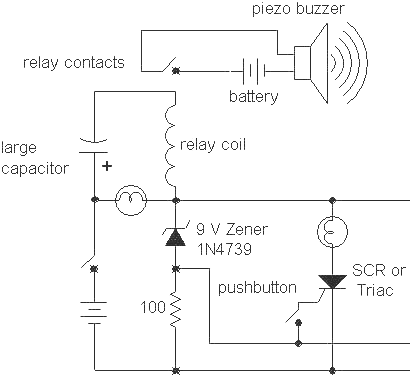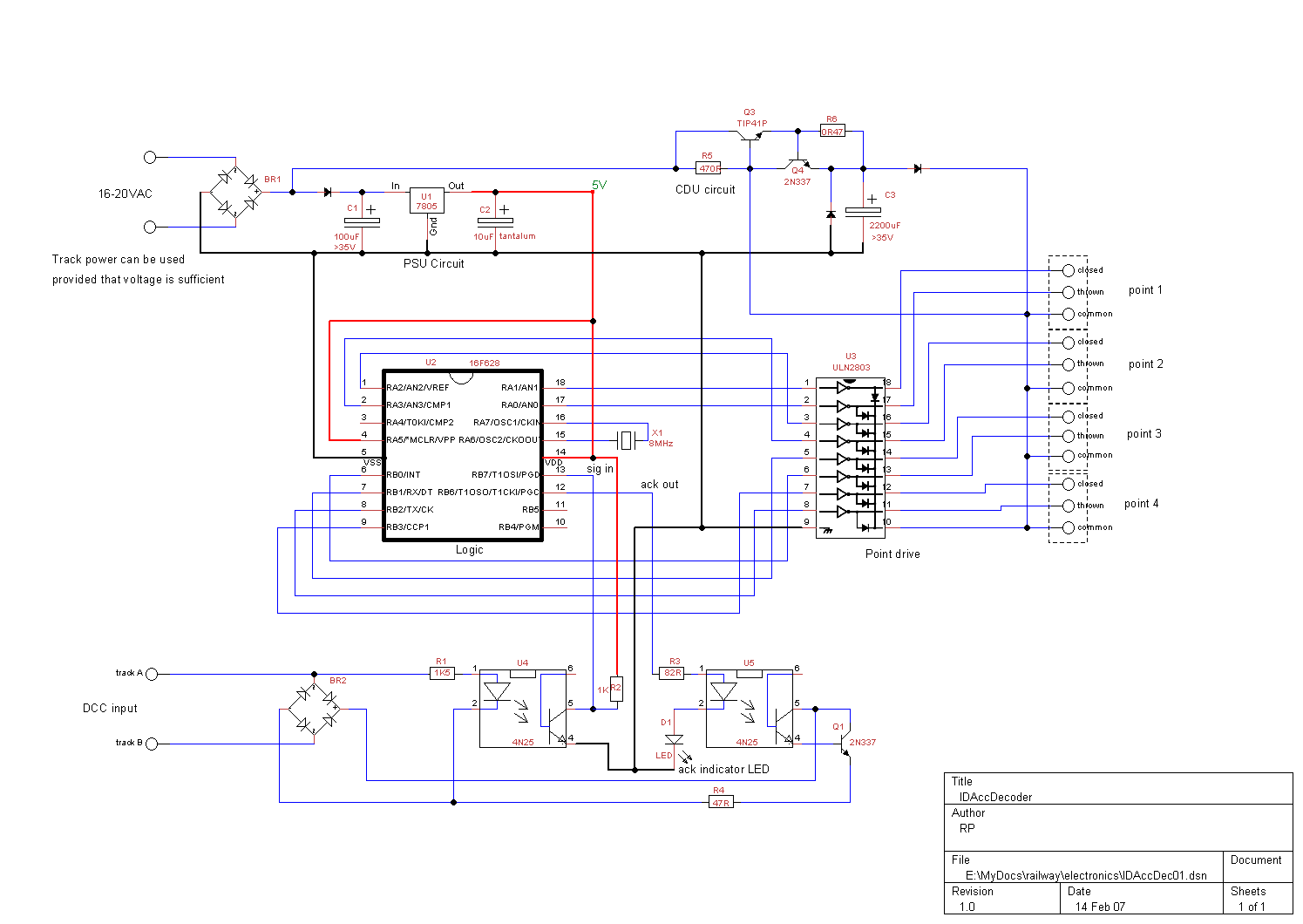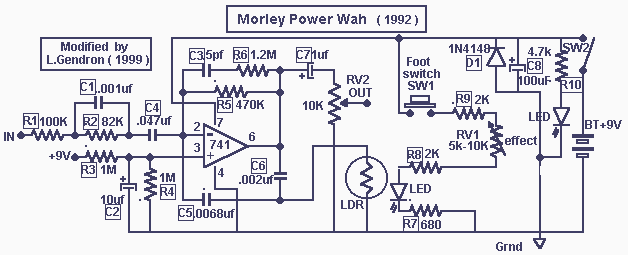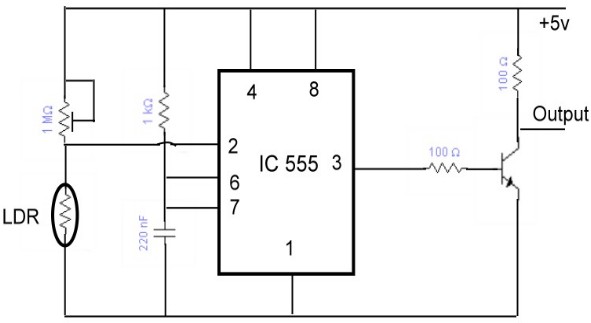
7-segment displays tutorial LEDs sample circuits

A brief history: Like many tutorials, this one begins with a historical overview. However, it must be noted that there is limited background information available regarding the development of 7-segment displays.
7-segment displays are widely used electronic components that provide a visual representation of numerical information. They consist of seven individual segments arranged in a figure-eight pattern, which can be illuminated in various combinations to display digits from 0 to 9. The segments are typically composed of light-emitting diodes (LEDs) or liquid crystal displays (LCDs), enabling them to convey information in a clear and concise manner.
The design of 7-segment displays dates back to the early 20th century, with the first patent for an electronic display being filed in the 1960s. These displays gained popularity in the 1970s with the advent of digital clocks and calculators, as they provided a simple and effective means of displaying numerical data. The technology has since evolved, leading to the development of more advanced display types, but the 7-segment format remains a staple in various applications, including home appliances, instrumentation, and automotive displays.
In terms of circuitry, a typical 7-segment display consists of eight terminals: one for each segment and one for the common cathode or anode. The segments are controlled by a microcontroller or a decoder circuit, which determines which segments to illuminate based on the desired numerical output. The common terminal connects to either the positive or negative supply voltage, depending on whether a common anode or common cathode configuration is used.
When designing a circuit that incorporates a 7-segment display, it is essential to consider the current-limiting resistors for each segment to prevent damage from excessive current. Additionally, multiplexing techniques can be employed in applications requiring multiple displays to reduce the number of required pins on a microcontroller, enhancing efficiency and minimizing space.
Overall, the 7-segment display serves as an essential component in electronic design, providing a reliable and user-friendly interface for numeric data representation.A bit of History: Like most of my tutorials, lets start with a bit of history and background information. Although I have to admit there is not a whole lot of background information available specific to the development of 7-segments.
Since.. 🔗 External reference
7-segment displays are widely used electronic components that provide a visual representation of numerical information. They consist of seven individual segments arranged in a figure-eight pattern, which can be illuminated in various combinations to display digits from 0 to 9. The segments are typically composed of light-emitting diodes (LEDs) or liquid crystal displays (LCDs), enabling them to convey information in a clear and concise manner.
The design of 7-segment displays dates back to the early 20th century, with the first patent for an electronic display being filed in the 1960s. These displays gained popularity in the 1970s with the advent of digital clocks and calculators, as they provided a simple and effective means of displaying numerical data. The technology has since evolved, leading to the development of more advanced display types, but the 7-segment format remains a staple in various applications, including home appliances, instrumentation, and automotive displays.
In terms of circuitry, a typical 7-segment display consists of eight terminals: one for each segment and one for the common cathode or anode. The segments are controlled by a microcontroller or a decoder circuit, which determines which segments to illuminate based on the desired numerical output. The common terminal connects to either the positive or negative supply voltage, depending on whether a common anode or common cathode configuration is used.
When designing a circuit that incorporates a 7-segment display, it is essential to consider the current-limiting resistors for each segment to prevent damage from excessive current. Additionally, multiplexing techniques can be employed in applications requiring multiple displays to reduce the number of required pins on a microcontroller, enhancing efficiency and minimizing space.
Overall, the 7-segment display serves as an essential component in electronic design, providing a reliable and user-friendly interface for numeric data representation.A bit of History: Like most of my tutorials, lets start with a bit of history and background information. Although I have to admit there is not a whole lot of background information available specific to the development of 7-segments.
Since.. 🔗 External reference
